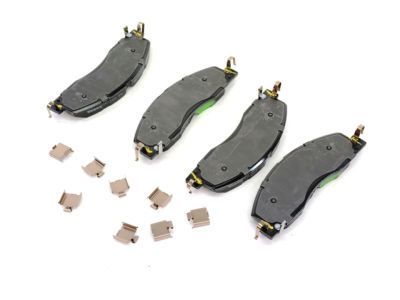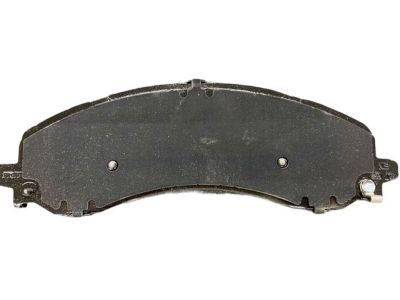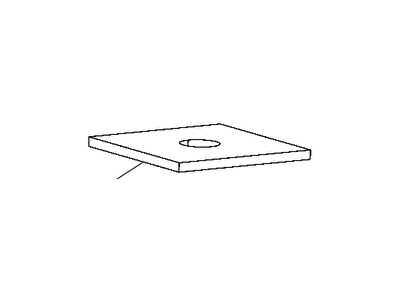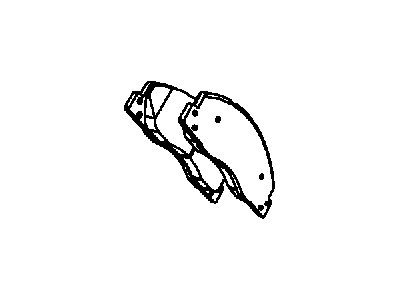×
- Live Chat
- 1-888-511-3595

My Garage
My Account
Cart
Genuine Ram 3500 Brake Pad
Disc Brake Pad Set- Select Vehicle by Model
- Select Vehicle by VIN
Select Vehicle by Model
orMake
Model
Year
Select Vehicle by VIN
For the most accurate results, select vehicle by your VIN (Vehicle Identification Number).
11 Brake Pads found
Ram 3500 Brake Pad
Brake Pad in Ram 3500 vehicles are critical parts that work by applying friction on the brake rotors to cause a stoppage on the vehicles. This ranges from a friction material whose working surface is bonded onto a metal backing plate and has a service duty that manifests in wearing that demands periodic renewal. Builders of Ram 3500 models often incorporate wear sensors or indicators that give signals when the pads are worn to the required minimum thickness. For many years, several forms of brake pad have been fitted in Ram 3500 cars; these are the non-metallic type, semi-metallic, metallic, and the ceramic type. All of them have different characteristics in friction, wear and noise. Moreover, the correct installation of other related parts like clips and springs is important in using the Brake Pad to the maximum and for a long time as such parts help you to avoid noises and improper wearing of holes. Maintenance is advised after a certain number of miles, and the regularity is around 50000 miles to enjoy proper braking.
Looking for affordable and high-quality auto parts? Then you have already arrived at the proper online shop. We offer all Ram 3500 Brake Pad at great affordable prices. Moreover, all genuine Ram 3500 Brake Pad come with a manufacturer's warranty. In the long run, you would realize you have saved a lot of trouble and money with OEM parts from here.
Ram 3500 Brake Pad Parts Questions & Experts Answers
- Q: How to Replace Brake Pads on Ram 3500?A: This procedure applies to the front and rear brake pads. Remove the cap from the brake fluid reservoir. Loosen the wheel lug nuts, raise the end of the vehicle you're working on and support it securely on jackstands. Block the wheels at the opposite end. Remove the wheels. Work on one brake assembly at a time, using the assembled brake for reference if necessary. Inspect the Brake Disc carefully. If machining is necessary, follow the information to remove the disc. At which time the pads can be removed as well. Push the piston back into its bore to provide room for the new brake pads. A C-clamp can be used to accomplish this. As the piston is depressed to the bottom of the caliper bore, the fluid in the master cylinder will rise. Make sure that it doesn't overflow. If necessary, siphon off some of the fluid. Follow the accompanying photos for the actual pad replacement procedure. Always wash the brakes with brake cleaner before disassembling anything. Remove the caliper using a back-up wrench when removing the caliper bolts. Use a piece of wire to tie it to the control arm, never let the caliper hang by the brake hose. Remove the inner pad, then remove the outer pad from the caliper mounting bracket. Remove the anti-rattle clips, paying close attention to how they're installed in the mounting bracket after cleaning and lubricating them. Install the inner pad and outer pad into the mounting bracket, making sure both pads are fully seated. Hold them in place and install the caliper. Clean, inspect, and lubricate the bushings and boots, then install the bushings and mounting bolts. Tighten the bolts for the actual pad replacement procedure. Be sure to stay in order and read the caption under each illustration. After the job has been completed, firmly depress the brake pedal a few times to bring the pads into contact with the disc. Check the level of the brake fluid, adding some if necessary. Check the operation of the brakes carefully before placing the vehicle into normal service.






















